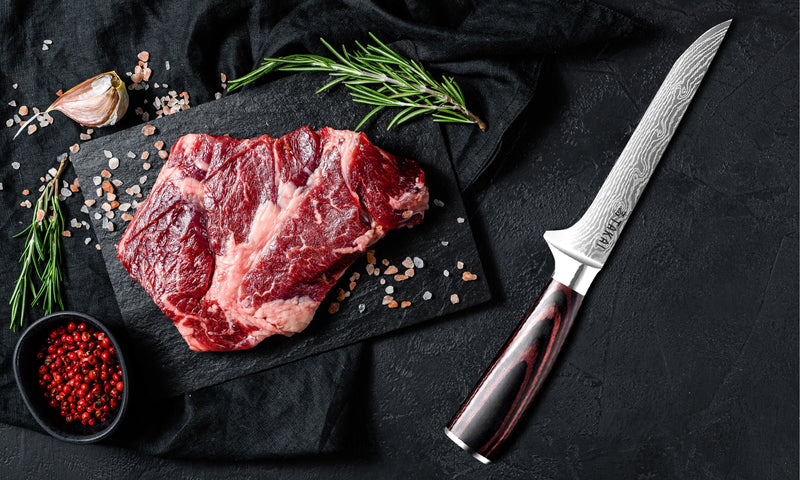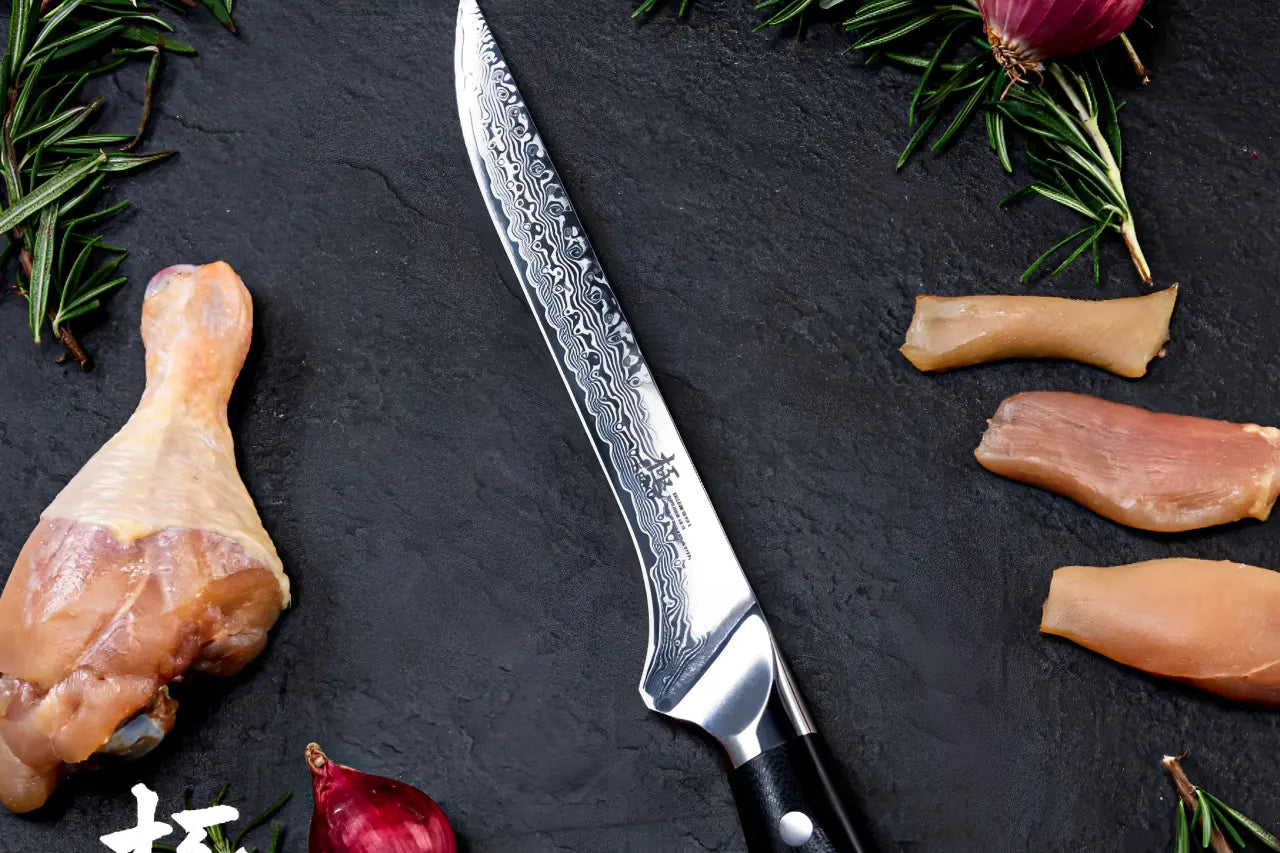If you’ve ever wondered how to debone chicken thighs like a pro, you’re not alone. Many cooking enthusiasts and kitchen professionals seek to master this skill for its numerous benefits. Not only does deboning enhance the flavor and texture of your dishes, but it also offers versatility in cooking methods. In this guide, we’ll delve into the art of deboning chicken thighs, equipping you with the knowledge to do it confidently and efficiently.

Why Debone Chicken Thighs?
Deboning chicken thighs is more than just a culinary technique; it’s a way to elevate your cooking. By removing the bones, you can create dishes that are easier to eat and cook faster. Moreover, deboned chicken thighs can be used in a variety of recipes, making them a versatile ingredient in your kitchen.
The Benefits of Deboning
Deboning chicken thighs allows for even cooking and enhances the presentation of your dishes. It also enables you to infuse flavors more effectively, as marinades and seasonings can penetrate the meat better. Additionally, deboned thighs are perfect for stuffing, grilling, and stir-frying.
Tools You Need
Before you begin, ensure you have the right tools. A sharp boning knife is essential for precise cutting. You may want to explore different boning knife grip styles to find what works best for you. A cutting board and a pair of kitchen shears are also recommended.
Step-by-Step Guide to Deboning Chicken Thighs
Step 1: Prepare Your Workspace
Start by setting up a clean and organized workspace. Place your cutting board on a stable surface and gather your tools. Ensure your knife is sharp to make clean cuts.
Step 2: Position the Chicken Thigh
Lay the chicken thigh skin-side down on the cutting board. This position gives you better access to the bone and makes the process more manageable.
Step 3: Identify the Bone
Feel for the bone with your fingers. The bone will run through the center of the thigh. Once located, use the tip of your knife to make a small incision along the bone.
Step 4: Cut Along the Bone
Carefully cut along the bone, keeping the knife as close to the bone as possible. This technique ensures minimal meat wastage. Use gentle, smooth strokes for precision.
Step 5: Remove the Bone
Once you’ve cut along both sides of the bone, gently lift it out. If there are any remaining small bones or cartilage, use your knife to remove them.
Step 6: Trim Excess Fat
After removing the bone, check for excess fat or skin. Trim these away to enhance the quality of your dish. A well-trimmed chicken thigh cooks more evenly and presents better.
Cooking Ideas for Deboned Chicken Thighs
Now that you’ve mastered deboning, it’s time to get creative in the kitchen. Deboned chicken thighs are perfect for grilling, baking, or sauting. They absorb marinades well and can be stuffed with your favorite ingredients for a flavorful meal.
Grilling
Grill deboned chicken thighs over medium heat for a juicy, flavorful dish. The absence of bones allows for quicker cooking and even grill marks.
Baking
Bake deboned thighs in the oven with herbs and spices for a tender, aromatic meal. This method is perfect for meal prep and can be served with a side of vegetables.
Sauting
Sauting deboned chicken thighs in a skillet with garlic and onions creates a quick and delicious meal. This technique allows for a crispy exterior while keeping the inside juicy.
Common Mistakes to Avoid
While deboning chicken thighs is straightforward, there are common mistakes to watch out for. Avoid using a dull knife, as this can lead to improper cuts. Additionally, ensure that you remove all small bones and cartilage to prevent any unpleasant surprises in your dish.

Frequently Asked Questions
What is the best knife for deboning chicken thighs?
A sharp boning knife is ideal for deboning chicken thighs. Check out this guide on using a boning knife for more information.
Can I use a different knife?
While a boning knife is recommended, a sharp chef’s knife can also be used. However, it may not offer the same precision.
How do I store deboned chicken thighs?
Store deboned chicken thighs in the refrigerator for up to two days or freeze them for longer storage. Ensure they are properly sealed to maintain freshness.
Deboning chicken thighs is a valuable skill that enhances your culinary repertoire. With practice, you’ll find that it’s a quick and rewarding process, offering endless possibilities for delicious meals. Whether you’re a home cook or a kitchen professional, mastering this technique is sure to impress.
This article contains affiliate links. We may earn a commission at no extra cost to you.


